The Kingdom of the Lion Tailed Macaque – Poorna Kedar (2019)
Lion Tailed Macaques is an endangered primate endemic to the Western Ghats of India with a restricted geographical range. Due to habitat loss and human pressures populations have been on the decline. The filmmaker Poorna Kedar has recorded these vulnerable primates at one of the critical habitats of this species near the town of Valparai. India’s Western Ghats is an ecologically unique biodiversity hotspot recognized by the United Nations as a UNESCO World Heritage Site. The exceptionally high level of […]

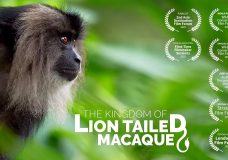

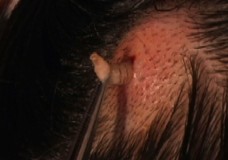


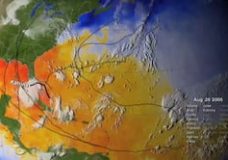



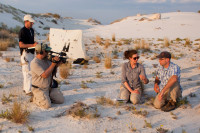
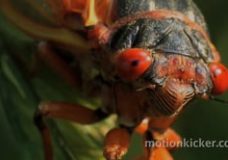
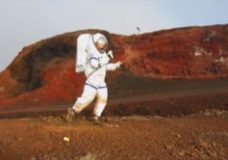
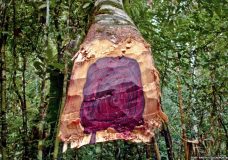
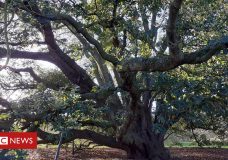


Recent Comments